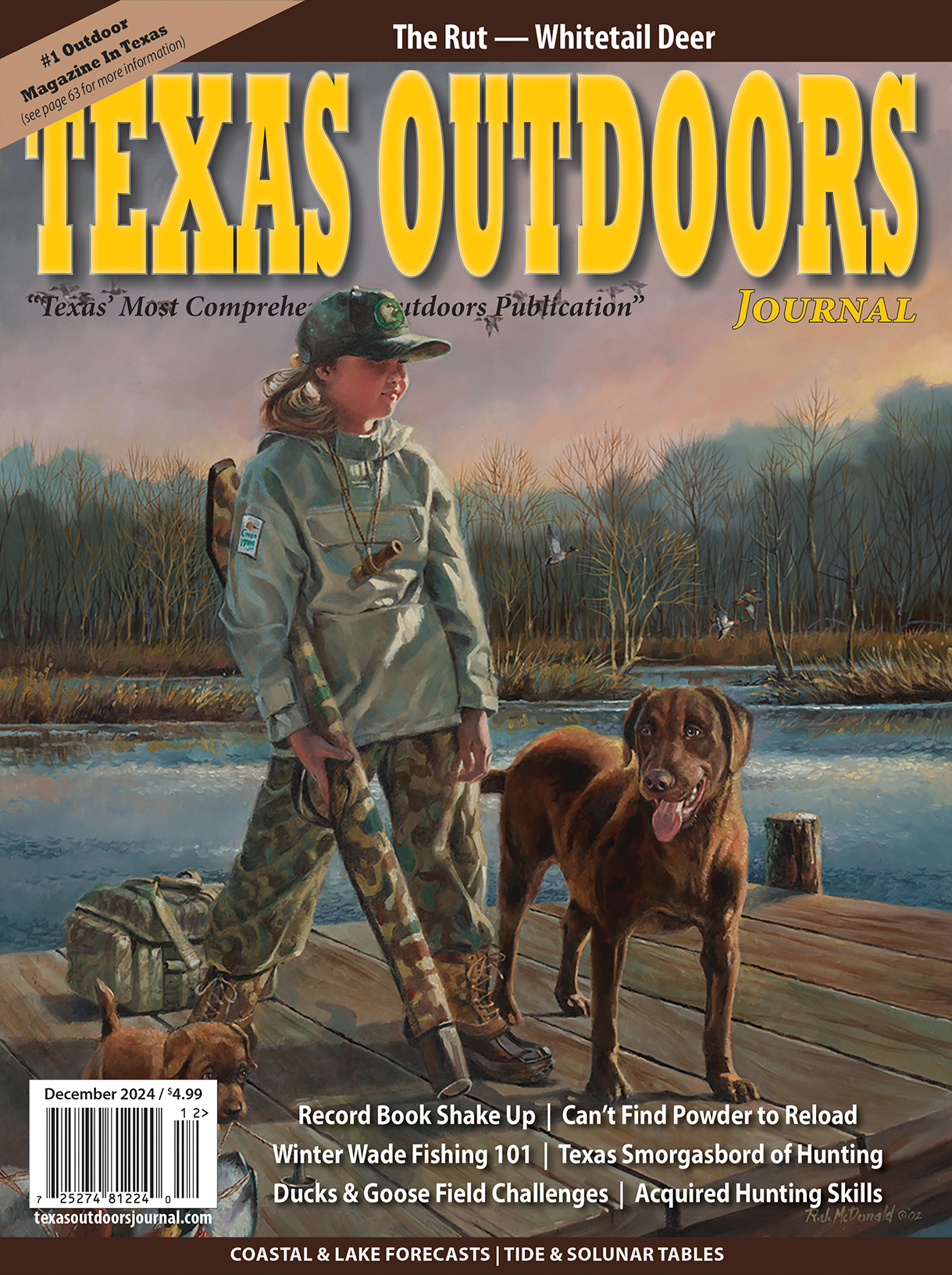
Partners Continue Mule Deer Restoration Effort in the Big Bend
In a continued effort to boost a struggling mule deer population in parts of the Big Bend region of far West Texas, 75 female mule deer were recently relocated from Elephant Mountain Wildlife Management Area (WMA) and two private ranches in Brewster County to the Black Gap Wildlife WMA and adjacent El Carmen Land & Conservation Company (ECLCC) – CEMEX USA and Cuenca Los Ojos property.
Partners involved in this important project include the Texas Parks and Wildlife Department (TPWD), ECLCC, Borderlands Research Institute at Sul Ross State University, U.S. Department of Agriculture-Wildlife Services, Mule Deer Foundation, Houston Safari Club, and private landowners.
The mule deer population within Black Gap WMA and the surrounding area has struggled to rebound from the drought of the late 1990s and other probable factors.
Objectives of the project are to increase the mule deer population within the BGWMA and ECLCC property long-term, evaluate success of restoration effort, monitor mortality and causes that affect survivability and population growth, and document movements and home ranges in relation to release sites and habitat components.
The ECLCC property joins TPWD’s Black Gap WMA to comprise 135,000 contiguous acres dedicated to wildlife and habitat conservation. This diverse site of Chihuahuan desert scrub and desert grasslands climbs from the Rio Grande River to the Sierra del Carmen Mountain Range.
Surplus mule deer availability was identified at Elephant Mountain WMA and two private ranches in Brewster County when population surveys were conducted last fall. The landowners’ participation and cooperation were essential in translocating mule deer from the private ranches to the project area. Source properties will also benefit from the removal of deer.
TPWD and its partners plan to translocate an additional 100 mule deer to the Black Gap WMA/ECLCC area in 2017, and will continue to monitor their movements, habitat utilization, survival, and causes of mortality.
To view video from this project, visit https://youtu.be/XywYkHNQ4Kc.
For information about the Texas Conservation Action Plan, visit https://tpwd.texas.gov/








